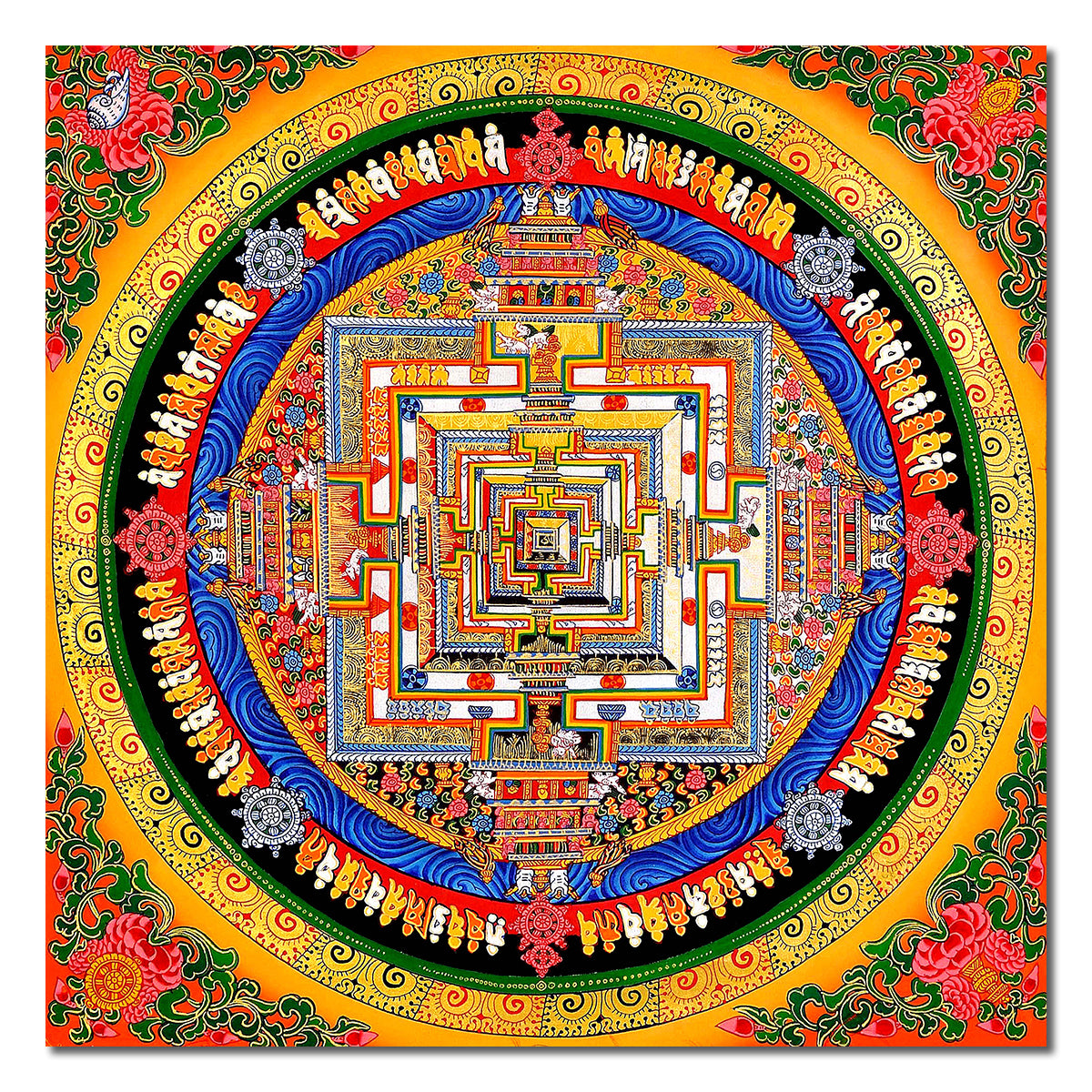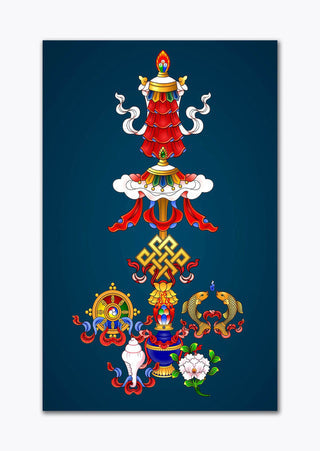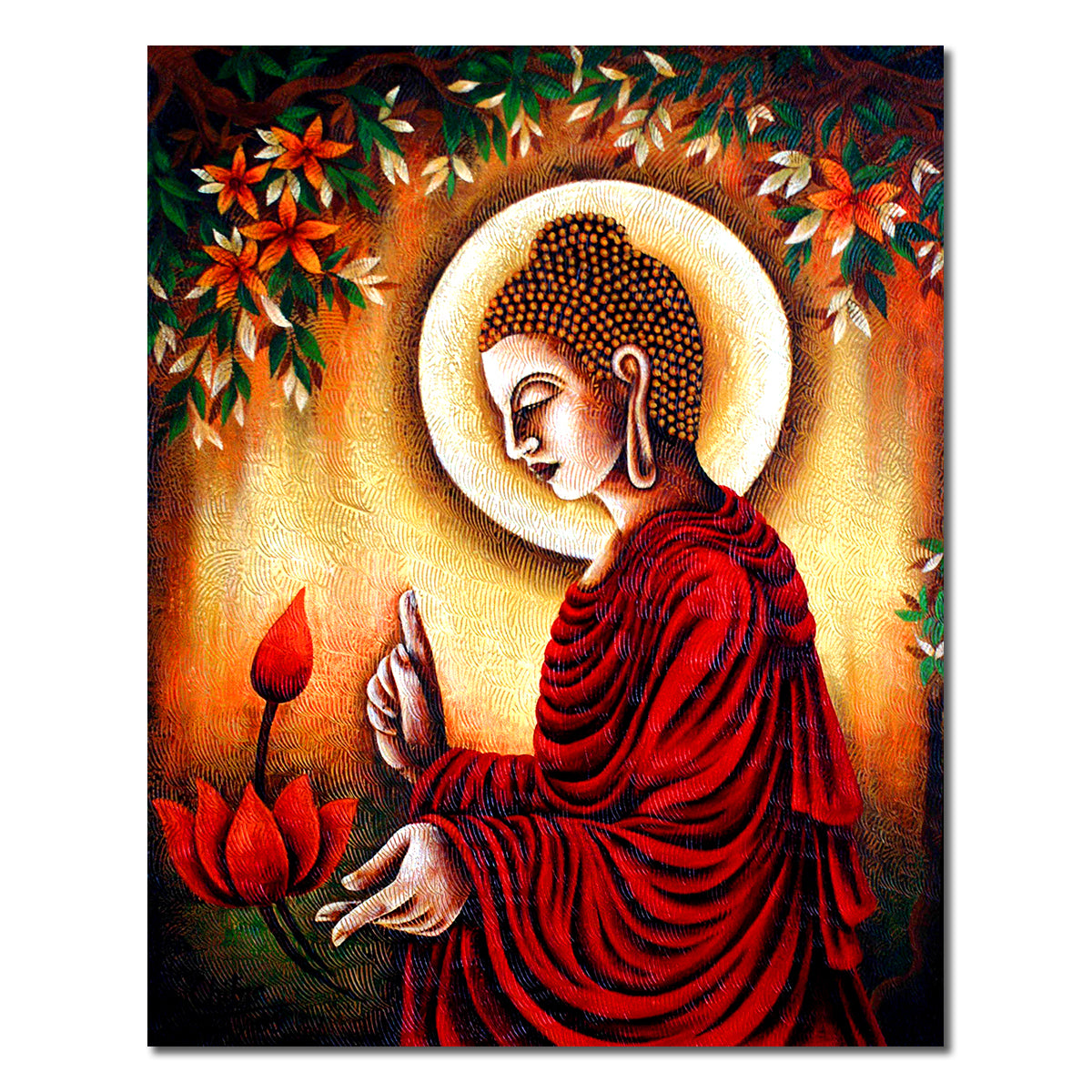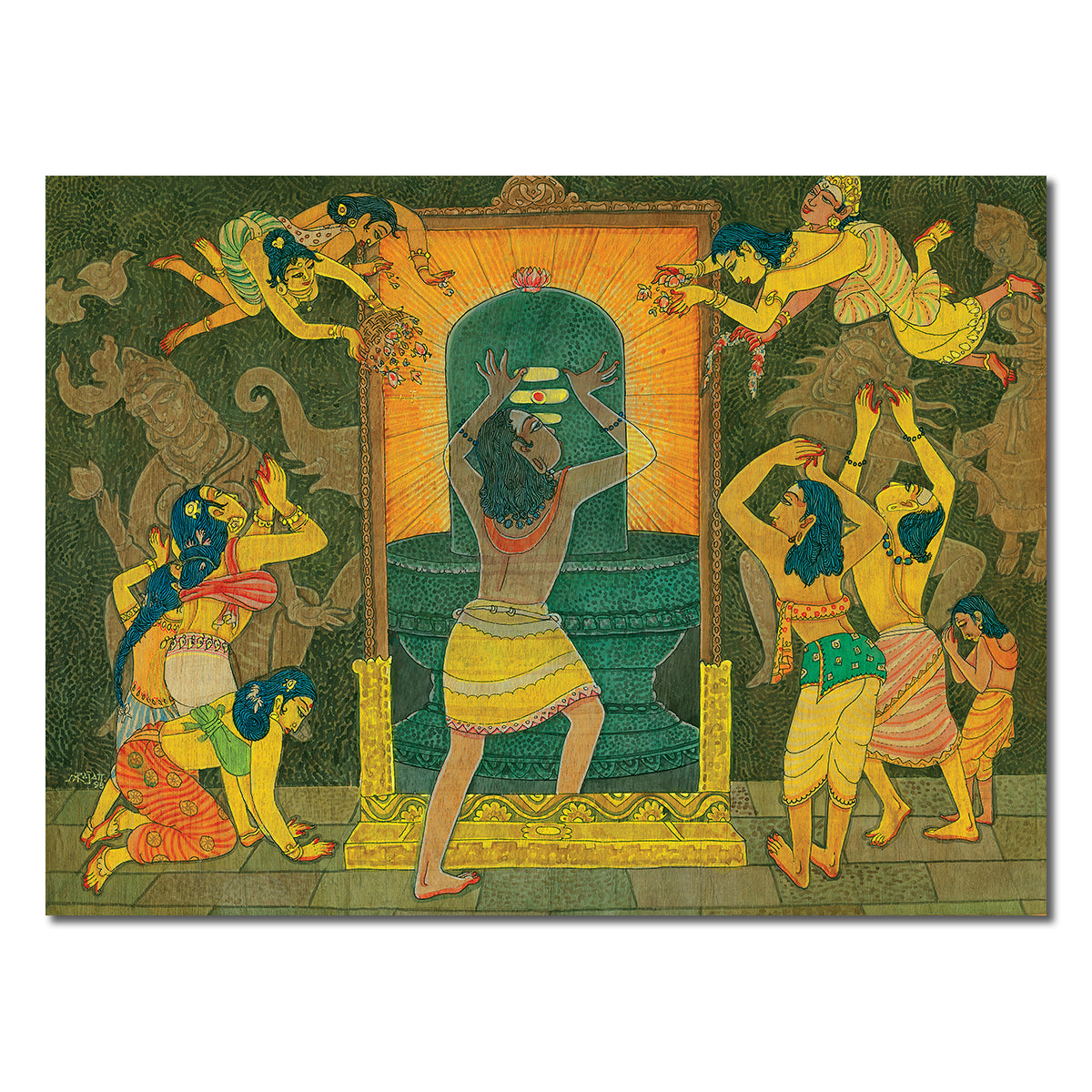
Mandala Artwork: A Spiritual Journey Through Geometric Harmony
Origin and Historical Significance
Mandala art, a sacred and spiritual form of artistic expression, has deep historical roots across various cultures, including Hinduism, Buddhism, and Native American traditions. The word "mandala" is derived from the ancient Indian language of Sanskrit and means "circle."
Mandalas have been used for centuries as tools for meditation, self-discovery, and the representation of the universe's intricate order. They have been employed in various religious and cultural rituals, symbolizing unity, balance, and harmony.
Mandala Styles: Universal Symbols
Mandala art transcends cultural boundaries, and there are countless styles and interpretations from around the world. Some of the most renowned styles include:
-
Tibetan Mandalas: Tibetan Buddhist mandalas are characterized by intricate details and vibrant colors. They often feature deities, mantras, and complex geometric patterns, reflecting spiritual teachings and enlightenment.
-
Mandala Coloring: Modern mandala art has gained immense popularity as a therapeutic and creative outlet. Coloring mandalas is a mindfulness practice that helps individuals relax and focus their minds.
-
Yantra Mandalas: Yantra mandalas are geometric designs with specific symbolic representations used in Hindu and Tantric traditions to aid meditation and spiritual awakening.
The Geometry of the Soul
At the heart of mandala art is a precise and harmonious geometric structure. Typically, mandalas are circular in shape and radiate outward from a central point, creating a sense of symmetry and balance. The intricate patterns within mandalas represent the interconnectedness of all life and the path to spiritual enlightenment.
Versatile Applications
Mandala art has evolved beyond its traditional forms and can be found on canvas, paper, textiles, and even as intricate tattoos. The universal appeal of mandalas lies in their ability to resonate with people from diverse cultural backgrounds, providing a sense of peace, clarity, and connection.
Cultural Significance and Preservation
Mandala art holds deep cultural and spiritual significance. It serves as a visual representation of the inner self and a symbol of wholeness. Efforts are made to preserve and promote mandala art, ensuring that its ancient wisdom continues to inspire and guide individuals on their spiritual journeys.
Experience the Serenity of Mandala Art
Mandala art invites you to embark on a spiritual journey, where symmetry and symbolism lead to self-discovery and inner peace. It is a reflection of universal harmony and balance, where every circle is a path to enlightenment. Explore our exclusive mandala art collection and immerse yourself in the profound wisdom and beauty of this sacred art form.





Leave a comment
This site is protected by hCaptcha and the hCaptcha Privacy Policy and Terms of Service apply.